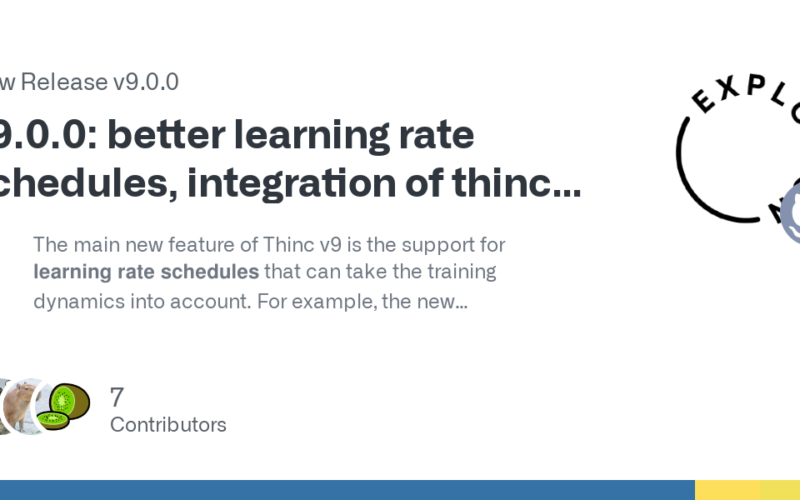Sponsored Content by Vitria Technology
5G standalone (5G SA) continues its ascension as the gateway to new innovative applications, services and solutions through open APIs, differentiated connectivity and service-based architecture.
According to the Global System for Mobile Communications Association (GSMA), of the 261 commercial 5G services available today, 47 are provided by 5G SA networks, and 89 are planned for deployment in the near term. As such, 5G SA is clearly one of the most important IT advancements in recent years. However, to sustain its advancement, three key business needs are emerging:
- Assurance as part of AIOps service orchestration
The importance of end-to-end service orchestration processes that fulfil a customer’s requirement for a new service is critical. This encompasses order handling through service design, service/resource provisioning and assurance.
The service orchestration needs to interact with the assurance system to notify it about the new service, for example, how network functions are chained together, and the KQIs/SLAs to be monitored. The assurance platform tracks compliance and forecasts potential threats to KQIs/SLAs health. Leading vendors are already demonstrating AIOps assurance models that can forecast expected performance against KQIs with projected future confidence bands for metrics, such as device-level and end-to-end downlink throughput.
- The need for observability – within domains, across domains and across vertical stacks
Recent findings from Spirent’s 2024 Market Drivers, Insights and Considerations survey confirms that development in the service assurance market is fueling new revenue strategies for mission-critical services requiring guaranteed performance levels. This is particularly relevant for 5G mobile cores, as 5G SA deployments take root, and highlights the importance of assurance of virtualized networks that span both enterprise IT and traditional telco networks. As more and more enterprise workloads run on the network edge, 5G is increasingly blurring the line between the two.
Leading vendors are starting to demonstrate their ability to provide assurance both horizontally and vertically, for example, by pinpointing the root cause of service issues to underlying resource issues in the cloud infrastructure.
- The need for observability – across customers
The last few years have seen continued improvement in network resilience, e.g. through the adoption of virtualization and automation. Along with preparations for new 5G SA services, these improvements have enabled observability focus to move towards service assurance and customer experience. Data from the network and a range of other sources e.g., test measurements, weather patterns and customer sentiment, is needed in service assurance. AI & ML models are being leveraged to deal with the increasing volume of data and to implement advanced capabilities like anomaly detection, prediction and automated root cause analysis. Leading telcos are now starting to demonstrate the ability to correlate network outages and degradations directly to service and customer experience impediments, and it is expected that this trend will continue to be enhanced, with the support of partners, in the coming years.
GenAI is now positively impacting IT operations in a myriad of ways. Not surprisingly, customer experience is the early leader in the clubhouse, according to a survey from TM Forum that shows 87% of respondents reporting GenAI positively impacting customer experience.
Close behind, 85% of respondents reported high potential for GenAI to impact network operations. Specifically, GenAI is being integrated with digital assistant capabilities that are rapidly ascending as a key interface for service assurance solutions.
Looking beyond 2024, Gen AI’s ability to contribute to the network, based on service assurance (and other) data, is still a subject of discussion. In the next few years, it will most likely provide simple code and script generation capabilities, allowing real-time changes to the network to be made more swiftly. Its ability to generate text may also allow it to manage and update documentation related to assurance deployed in the network – perhaps even automatically generating help files for, say, an enterprise taking assurance services from the telco. In addition, GenAI will likely have a significant impact on how operator and enterprise operations teams interact with their observability tools, including GenAI-based smart assistants, user persona customized UIs and workflows, and alternative means of interaction e.g., voice driven commands.
Two key emerging areas of GenAI’s impact on service assurance that warrant close attention in 2025:
Demonstrations of complex self-healing capabilities
For telcos, the prevalence of 5G SA and related innovative applications, services and solutions is translating to increasing challenges in supporting these dynamic networks with the potential of concurrent issues across domains and across the technology stack. Simple self-healing capabilities have been available for many years. However, we have yet to see much demonstration of more advanced capabilities enabling complex functionality.
The expectation is the creation of multiple nested closed loops which poll in near-real-time, either fixing issues immediately or requesting that orchestrators deploy the next-best configuration, either in terms of technical compliance or cost-effectiveness e.g., in the case of a fibre cut or hardware failure requiring replacement. To become reality, this requires active assurance using AIOps models, time-series databases and storage/monitoring in a distributed architecture to support massive amounts of data from multiple domains.
A push to ensure that service assurance data gets to the right destination
For now, meeting enterprise customer requirements around new services will require telcos to integrate their data and operations across diverse and complex ecosystems. Delivering the right data, a mix of assurance, inventory and external third-party data, to the right people and processes, at the right time, will provide new visibility and automations to support these new services.
Interested in learning more? Reach me at [email protected] and check out VIA AIOps here.
Source link
lol

